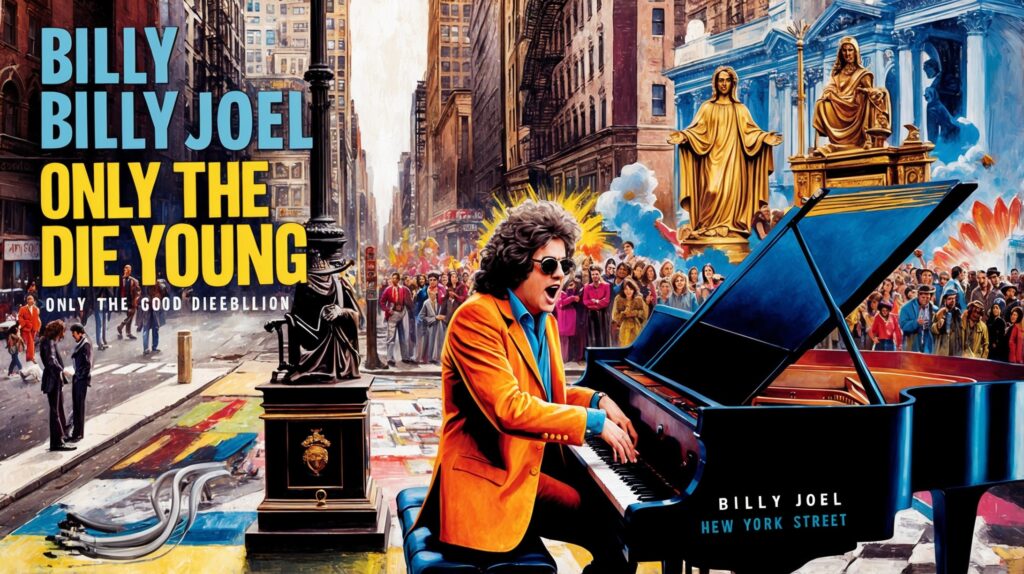The Queen of Pop and the Era Defining ‘Take a Bow’
Explore the significance of ‘Take a Bow’ in Madonna’s illustrious career, highlighting her evolution as an artist and her ability to consistently reinvent herself in a changing music scene.
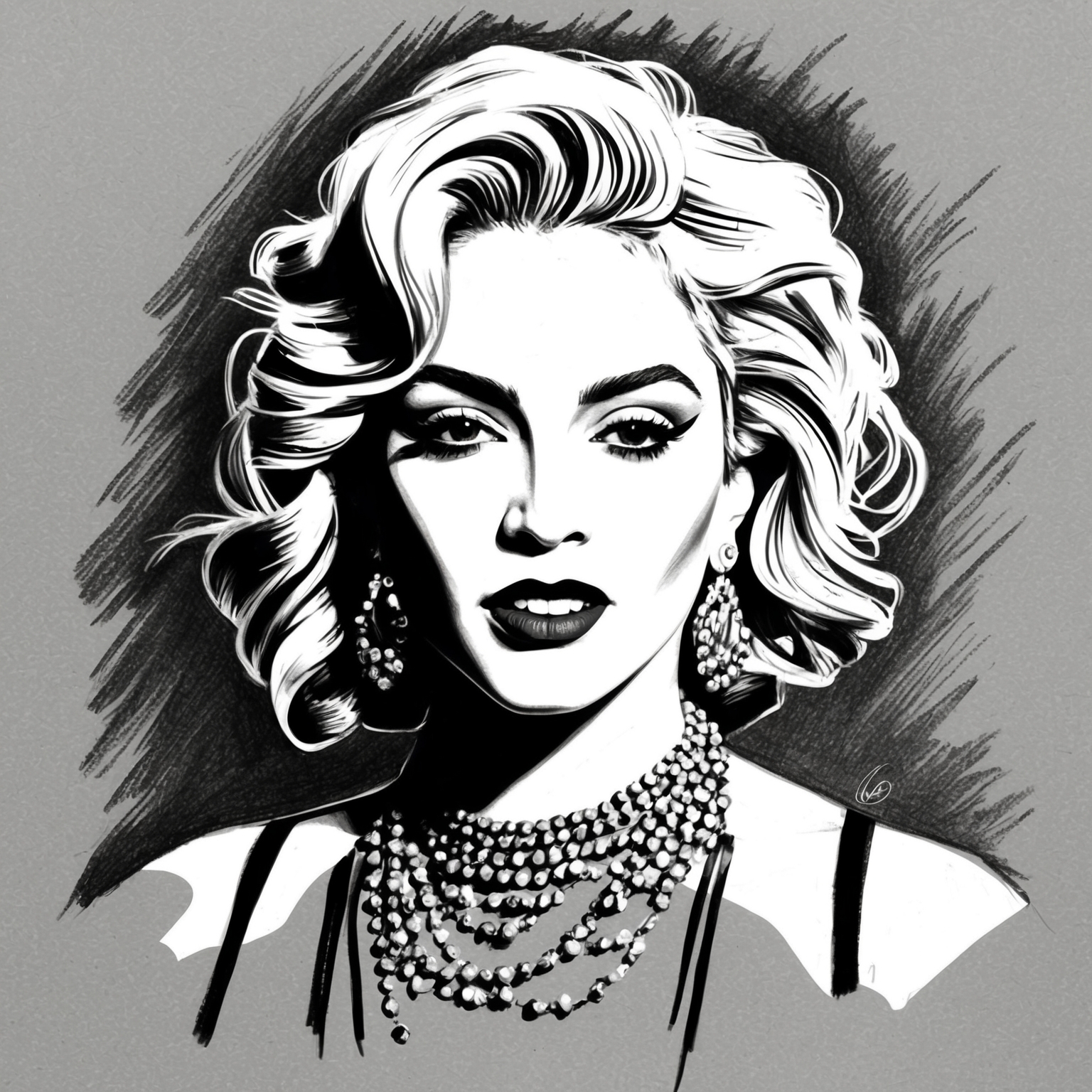
Madonna, often hailed as the Queen of Pop, was at a pivotal moment in her career when ‘Take a Bow’ was released in 1994. By that time, she had already established herself as a cultural icon, influencing the music industry in ways that few could rival. The song marked a significant milestone, not only showcasing her vocal maturity but also representing a shift towards more introspective and emotional themes in her music. ‘Take a Bow’ became emblematic of her ability to consistently reinvent herself, blending musical innovation with poignant storytelling.
Born Madonna Louise Ciccone in Bay City, Michigan, she moved to New York City in the late 1970s with dreams of a career in dance. Her early years were a testament to her relentless ambition and boundless creativity. Madonna’s ascent to stardom was rapid, with her debut self-titled album in 1983 catapulting her into the global limelight. Throughout the 1980s and early 1990s, she continued to push boundaries, not only in music but also in societal norms, making her a controversial yet beloved figure.
‘Take a Bow’ came at a time when the music scene was undergoing substantial changes. The early ’90s was marked by a shift from the vibrant pop of the ’80s to more diverse and introspective sounds. Collaborating with R&B producer Babyface, Madonna ventured into a more soulful and orchestral sound with this track. The partnership was a masterstroke, yielding a song that resonated widely with audiences, reflecting the complexities of relationships with subtle finesse. This single was not just another hit; it was a cultural moment that showcased her ability to adapt and evolve.
The Musical Touch of Babyface: The Mastermind Behind ‘Take a Bow’
Explore the contribution of Babyface, the legendary composer behind Madonna’s ‘Take a Bow,’ and how his musical style crafted one of her most memorable hits.
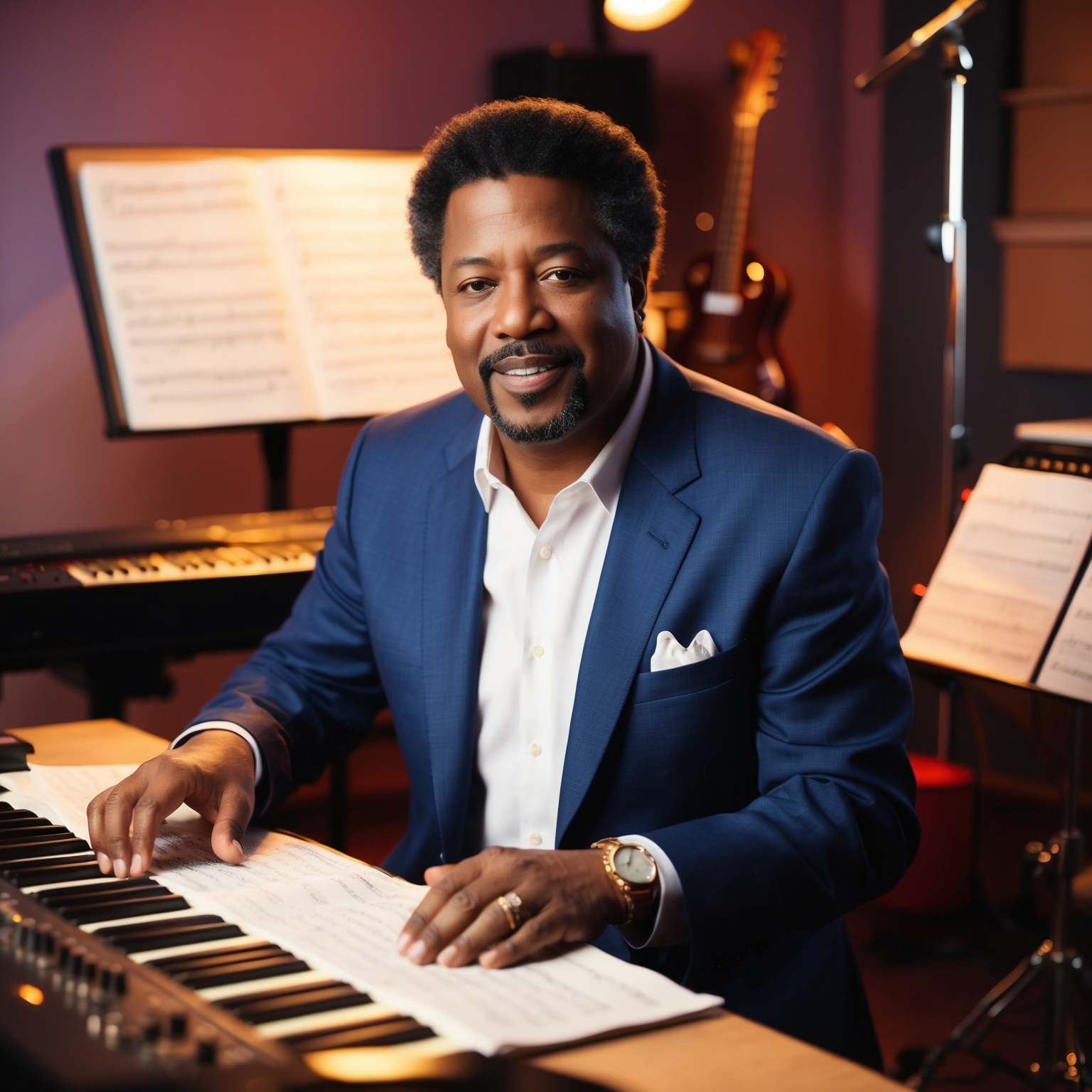
‘Take a Bow,’ one of Madonna’s most successful tracks from the mid-90s, owes much of its serene yet poignant feel to Kenneth Brian Edmonds, more popularly known as Babyface. Born on April 10, 1959, in Indianapolis, Indiana, Babyface is a celebrated musician, composer, and producer who has significantly influenced contemporary R&B and pop music. His journey in the music industry began during the mid-70s, and he went on to become a defining force throughout the 80s and 90s, working with a myriad of prolific artists.
Known for his silky R&B style and romantic lyrical flair, Babyface’s musical palette extends well beyond just one genre. Heavily inspired by artists such as Stevie Wonder and Marvin Gaye, Babyface managed to craft a signature sound that balances pop sensibilities with soulful depth. His music often features lush melodies and heartfelt narratives that speak to a wide audience, making him a sought-after collaborator during the heights of his career.
Babyface and Madonna’s partnership for ‘Take a Bow’ was the first time the two artists collaborated. This pairing brought a unique blend of Madonna’s classic pop persona and Babyface’s R&B roots, resulting in a song that displays emotive depth and a smooth musical backdrop. Babyface played a pivotal role not just in the music composition but also in the vocal production, ensuring that Madonna’s performance aligned with the song’s emotional core. This collaboration stands as a testament to Babyface’s ability to adapt his style to complement other artists while still maintaining his distinct musical touch.
Recognitions and Global Covers
Discover the accolades and worldwide covers of Madonna’s iconic song ‘Take a Bow,’ celebrated through awards and media appearances.

Madonna’s ‘Take a Bow’ not only left an indelible mark on the charts but also garnered significant recognition and numerous accolades that cemented its place in music history. Released as the second single from her 1994 album ‘Bedtime Stories,’ this soulful ballad stands as one of her most commercially successful tracks. The song received widespread critical acclaim, highlighted by its win for Best Female Video at the MTV Video Music Awards in 1995. This award serves as a testament to both Madonna’s emotive vocal performance and the innovative nature of the song’s accompanying visual work.
Furthermore, ‘Take a Bow’ has found its way into popular culture through various covers and adaptations. Notable artists who have put their artistic spin on this classic include Leona Lewis, whose live performance added a contemporary R&B vibe while paying homage to Madonna’s original. Such covers illustrate the track’s enduring resonance with both listeners and performers alike.
The track has also made cameo appearances in a variety of media, demonstrating its wide-reaching appeal. Over the years, ‘Take a Bow’ has been featured in TV shows, bringing an emotive soundtrack to poignant scenes, thus reinforcing its enduring legacy. These appearances underline the song’s pervasive influence and how it continues to engage new generations of listeners.
Climbing the Charts: The Remarkable Journey of ‘Take a Bow’
Take a Bow’ was a commercial triumph, reaching the top of the charts with its unique blend of pop and R&B. It became Madonna’s longest-running number-one single, showcasing her enduring appeal and versatility.

‘Take a Bow,’ released on November 28, 1994, marked yet another milestone in Madonna’s illustrious career by showcasing her versatility as an artist. Initially debuting at a modest position on the Billboard Hot 100, the song quickly catapulted to the top spot, where it remained for an impressive seven weeks. This accomplishment not only highlighted the song’s massive appeal but also solidified Madonna’s reputation as a pop powerhouse during the mid-1990s. It became her longest-running number-one single on the Billboard Hot 100, showcasing the track’s undeniable resonance with listeners.
When compared to other contemporary hits of the time, ‘Take a Bow’ stood apart due to its unique blending of pop and R&B elements. This genre-crossing appeal allowed it to capture the attention of a broad audience, enhancing its chart longevity. Furthermore, at a point in Madonna’s career where she was already a well-established artist, this song reinforced her ability to continually reinvent her musical style and remain relevant across different musical trends.
The success of ‘Take a Bow’ was bolstered by an astute marketing approach that capitalized on Madonna’s star power and the song’s distinctive sound. A high-profile music video directed by famous photographer Herb Ritts played a crucial role in the promotional strategy, alongside television performances that captivated audiences and critics alike. This strategic approach amplified the song’s visibility and contributed significantly to its commercial triumph and critical reception.
A Visually Captivating Tale of Heartbreak and Reflection
Explore how the stylish music video for ‘Take a Bow’ enhances Madonna’s chart-topping ballad, featuring rich imagery and a poignant love story.

Madonna’s ‘Take a Bow’ is not just a song but a carefully crafted visual narrative brought to life through its intriguing music video. Directed by the acclaimed Michael Haussman, the video is an elaborate visual feast that echoes the song’s themes of love, regret, and farewells. Set against the backdrop of a Spanish bullfighting arena and a luxuriously styled 1940s film aesthetic, it captures the heartache and elegance of Madonna’s emotional ballad.
The video’s storyline unfolds through a series of visually arresting scenes featuring Madonna as a glamorous femme fatale, reminiscent of a classical film diva. She portrays a star-crossed lover entangled in a hopeless affair with a matador, played by Spanish actor and model Emilio Muñoz. This backdrop not only underscores the song’s narrative of unrequited love but also paints a poignant contrast between the danger and allure of forbidden emotions.
A critical analysis of the video draws attention to its ability to amplify the song’s popularity, helping it become one of Madonna’s longest-running number-one hits on the Billboard charts. The video’s style and cinematography received praise for their cinematic quality and depth, further cementing Madonna’s status as an innovative and influential figure in music video artistry. By blending lush imagery with a bittersweet tale, the video for ‘Take a Bow’ leaves an indelible mark on viewers, resonating with the song’s melody and lyrics long after the screen fades to black.
The Intricate Musical Architecture of ‘Take a Bow’
Take a Bow’ by Madonna features a rich musical structure with its key set in F major, a slow tempo of 72 BPM, and intricate orchestral arrangements. Producer Babyface’s collaboration brought R&B undertones, signifying a shift towards a more mature sound in Madonna’s discography.
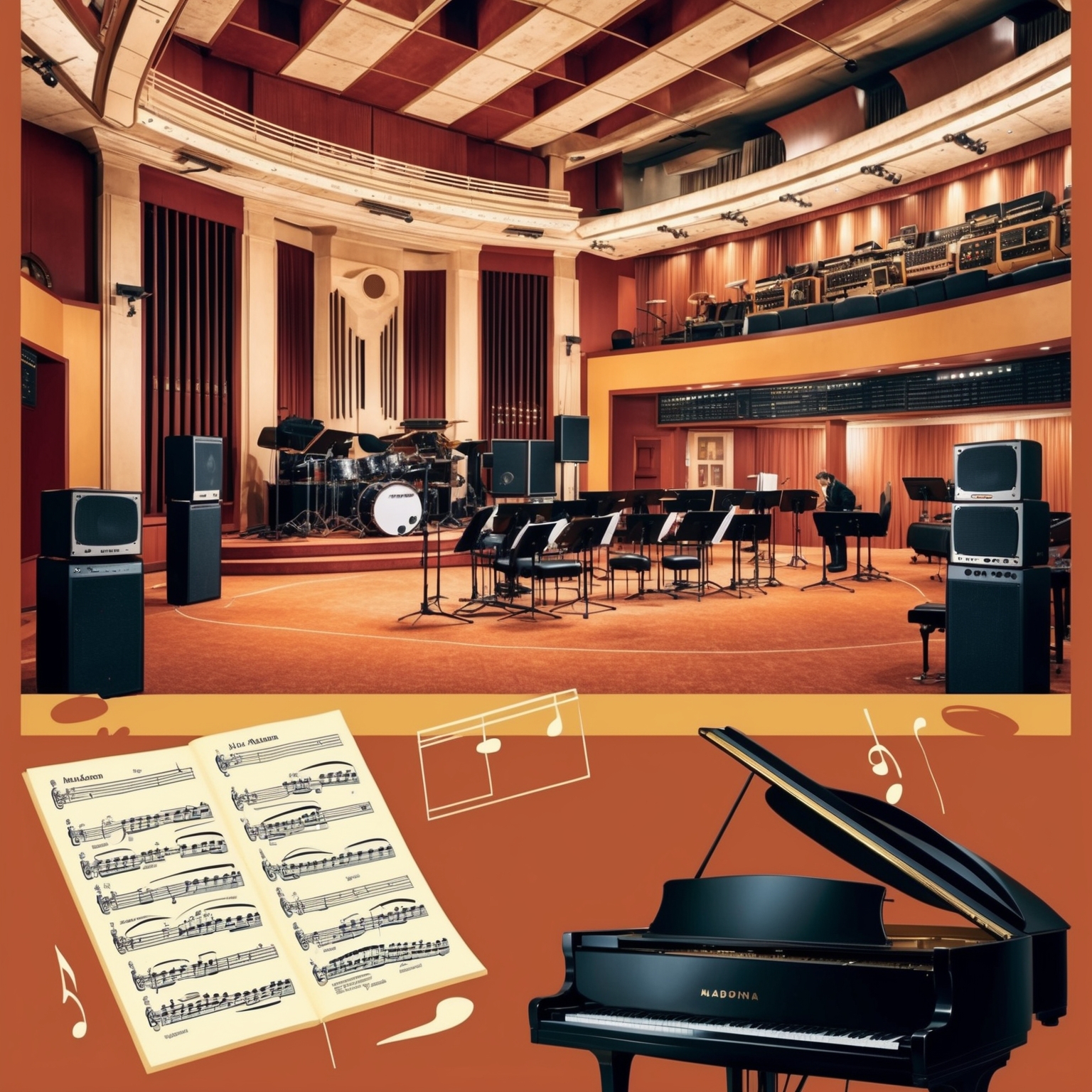
‘Take a Bow’ by Madonna stands as a testament to the singer’s adaptability and openness to exploring diverse musical landscapes. The song is composed in the key of F major, which provides a warm and emotive foundation for its haunting melody and deeply introspective lyrics. Interestingly, the chord progression follows a relatively straightforward pattern, enhancing the song’s accessibility while allowing Madonna’s vocal performance to shine.
The tempo of ‘Take a Bow’ is a slow and deliberate 72 beats per minute, providing a reflective and almost cinematic pacing that complements the song’s lyrical themes of heartbreak and introspection. This tempo fosters a poignant and deeply intimate listening experience, inviting the listener to delve into the emotional depth embodied within the music.
The harmony of ‘Take a Bow’ is enriched by the presence of lush string arrangements, which are pivotal in creating its orchestral pop sound. These strings, coupled with the subtle use of synthesizers, deliver a sophisticated texture that elevates the song beyond typical pop conventions. Rhythmically, the song is anchored by a steady and minimalistic drumbeat, allowing the melodic and harmonic elements to take center stage.
Madonna collaborated with producer and songwriter Babyface, whose influence is evident in the song’s smooth R&B undertones. This collaboration marked a departure from the more dance-oriented tracks of her earlier discography, highlighting a significant evolution in her musical journey. When compared to her previous works, ‘Take a Bow’ showcases a more mature and refined approach to music making, signaling a shift towards broader artistic expressions.
The recording sessions were held at the renowned Ocean Way Recording studios. It’s interesting to note that during the production, there was a focus on achieving a live orchestral sound, a decision that undeniably contributed to the song’s timeless quality. Anecdotes from the studio depict a collaborative environment where Madonna and Babyface fine-tuned every detail to perfection. This meticulous attention is evident in the final product, making ‘Take a Bow’ a standout in Madonna’s extensive catalog.
Exploring the Poignant Themes of ‘Take a Bow’
An in-depth lyrical analysis of Madonna’s ‘Take a Bow,’ highlighting themes of heartbreak and introspection. Explore the song’s narrative style, literary devices, and cultural references that contribute to its emotional resonance.
The night is over
This masquerade is getting older
Lights are low the curtains down
There’s no one here
(there’s no one here)
(there’s no one in the crowd)
Say your lines but do you feel them
Do you mean what you say?
When there’s no one around
(no one around)
Watching you watching me
One lonely star
(one lonely star)
(you don’t know who you are)
I’ve always been in love with you
(always with you)
I guess you’ve always known it’s true
(you know it’s true)
You took my love for granted
Why oh, why?
This show is over say goodbye
Say goodbye (bye-bye)
Say goodbye
Make them laugh it comes so easy
When you get to the part where you’re breaking my heart
…
******* This Lyrics is NOT for Commercial use *******
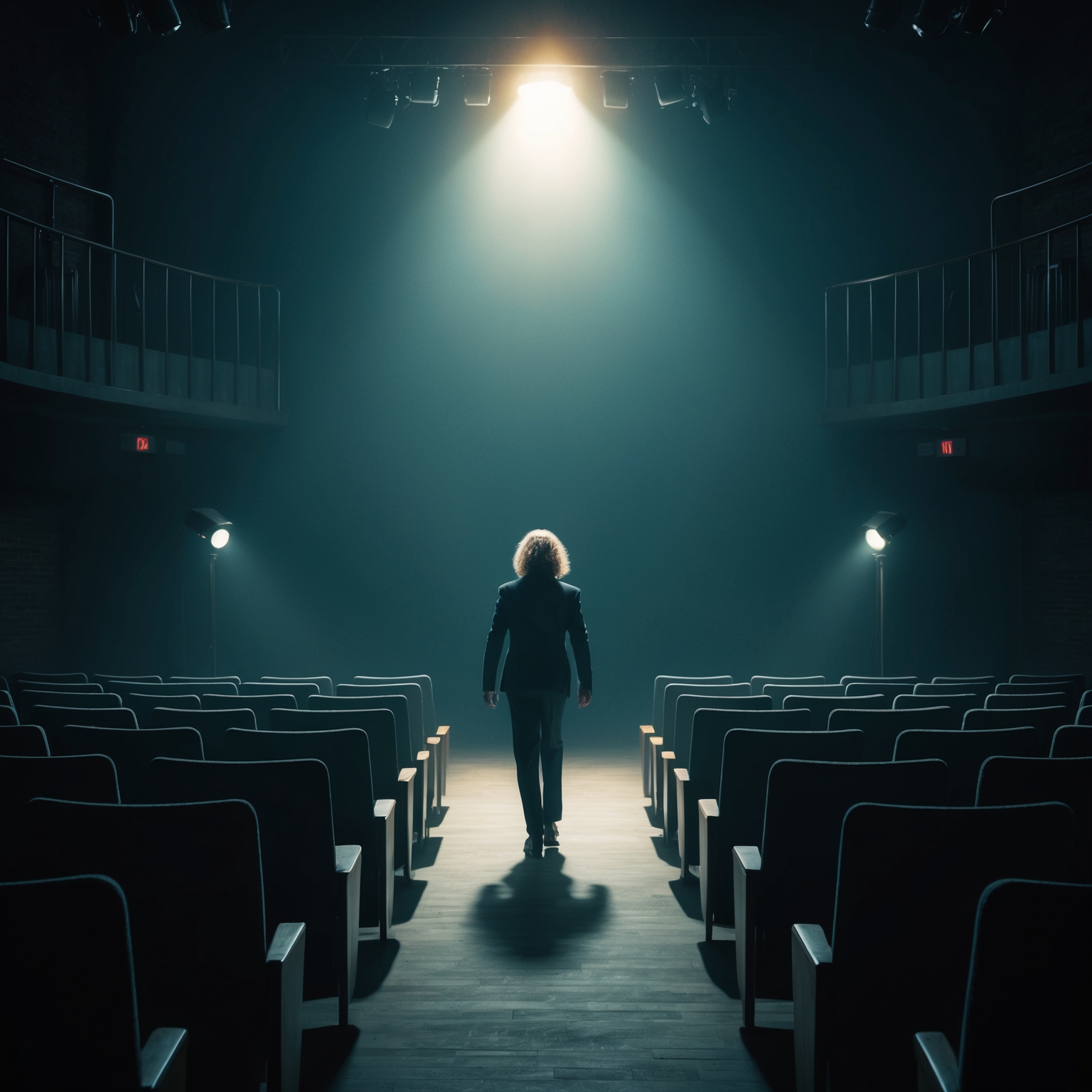
Madonna’s ‘Take a Bow’ stands out as a poignant ballad that captures the essence of heartbreak and introspection. Through its carefully crafted lyrics, the song delves deep into themes of unrequited love and self-realization. At its core, the track explores the aftermath of a romantic performance — the masquerade of relationships that has begun to falter. The song opens with theatrical imagery, likening the end of a relationship to the closing act of a play, which invites listeners to recognize the duality between public personas and private selves. This theme resonates deeply with audiences experiencing the bittersweet conclusion of a meaningful romantic chapter.
The narrative of ‘Take a Bow’ is embedded within Madonna’s introspective first-person perspective. This approach adds a layer of intimacy, allowing listeners to fully engage with the story of a love once cherished and now lost. The repeated questioning of intentions — “Do you mean what you say?” — speaks to a universal familiarity with the doubt and disillusionment experienced in relationships. The song’s narrative style emphasizes the loneliness amidst the glamour, effectively drawing listeners into a world where love once vivid becomes dimmed by unfulfilled promises.
Furthermore, the lyrics employ striking literary devices that elevate the emotional potency of the song. Metaphors like “one lonely star” symbolize isolation amidst the extravagance of love gone awry, and the repetition of “say goodbye” echoes the reluctance to move on. Comparatively, the song’s lyrical intricacy aligns it with other Madonna hits such as ‘Live to Tell,’ where storytelling and emotional depth similarly hold center stage. ‘Take a Bow’ also integrates cultural references to theatrical elements, enriching the narrative with a sense of artifice and performance that anyone who has played the role of a lover can relate to. In Michelangelo Antonioni’s films, the dichotomy between spectacle and personal truth is similarly explored, which may have subtly influenced Madonna’s lyrical storytelling here.
🎶 Did you know? Madonna’s ‘Take a Bow’ was her longest-running #1 on Billboard! 🎤 Co-written with Babyface, it’s a timeless classic! 🌟 #QueenOfPop #Madonna #ThrowbackThursdays #MusicTrivia https://bit.ly/3OwMPW1
Click to Tweet


